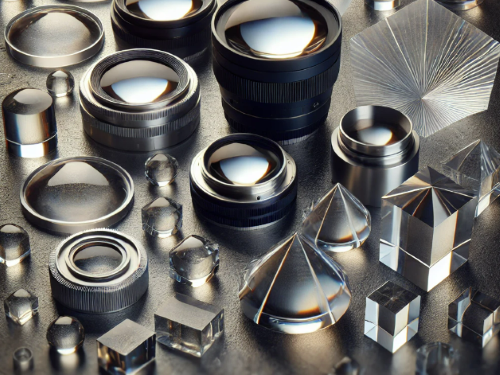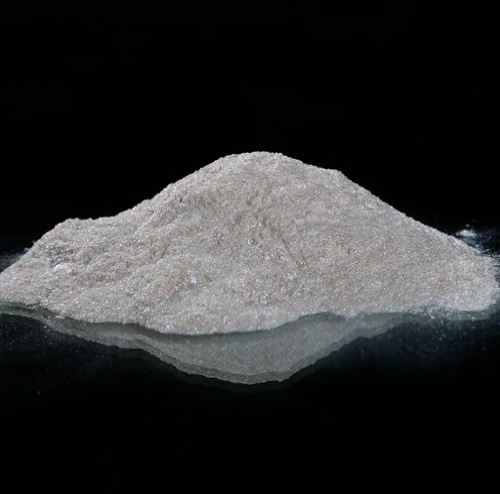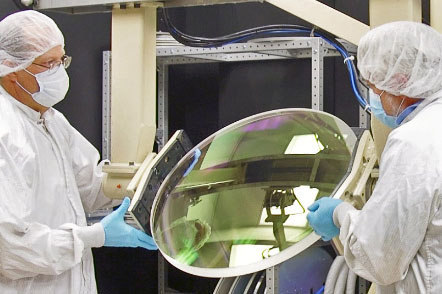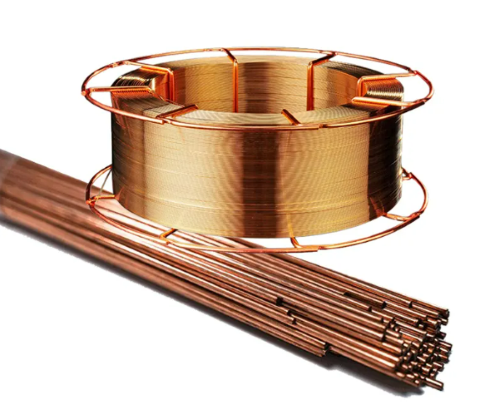Diamond Powder for Optics: Precision Polishing and Finishing
Introduction
In the optics industry, achieving ultra-smooth, precise surfaces is essential for lenses, mirrors, and prisms. Diamond powder is an ideal abrasive for polishing these optical components, thanks to its superior hardness, fine particle sizes, and consistent polishing quality. Here's how diamond polishing powder is used in optics and why it’s so effective.

Why Diamond Powder is Essential in Optics
Diamond polishing powder, renowned for its superior hardness and fine particle control, is a top choice for polishing these components to perfection.
- Unmatched Hardness: Diamond is the hardest known material, enabling it to polish hard optical materials such as glass, sapphire, and even some ceramics to a flawless finish.
- Precise Particle Sizes: Diamond powder is available in micron and submicron sizes, allowing for highly controlled and consistent polishing. This precision is crucial for optics, where even minor surface imperfections can affect the quality of the final product.
- Smooth, Scratch-Free Surfaces: For optical components, smooth surfaces are essential to ensure accurate light transmission and reflection. Diamond polishing powder achieves a high level of smoothness, preventing scattering and distortion in optical lenses and mirrors.

Applications of Diamond Powder in Optics
Diamond powder plays a crucial role in the production and refinement of optical components:
- Polishing Lenses: This polishing powder is used in the final stages of lens manufacturing to remove any surface irregularities and create a clear, smooth finish. This step is essential for lenses in cameras, telescopes, microscopes, and other optical equipment where clarity and precision are vital.
- Mirror Finishing: Precision mirrors used in lasers, telescopes, and scientific instruments require a flawless surface to ensure accurate reflection. Diamond powder is used to polish these mirrors to a high degree of smoothness, eliminating surface flaws that could distort the reflected image.
- Polishing Prisms: Prisms are integral to many optical applications, including spectrometry and imaging. This polishing powder helps achieve the necessary smoothness and clarity for prisms, ensuring precise light refraction and transmission.
- Optical Fiber Connectors: Diamond polishing powder is also used to polish the ends of optical fibers. A smooth, polished surface ensures efficient light transmission with minimal signal loss, which is essential for high-speed data transmission in telecommunications.
- Flat Optics and Waveguides: Flat optical components, such as waveguides and optical flats, require ultra-smooth surfaces for efficient light propagation and reflection. Diamond powder provides the fine finish needed to maintain the optical properties of these components.
Types of Diamond Powder Used in Optics
Diamond powder is a highly effective abrasive widely used for polishing and finishing. Let’s have a closer look at the types used in optics:
- Monocrystalline Diamond Powder: This type consists of single-crystal diamonds that provide sharp, precise cutting edges. Monocrystalline diamond powder is commonly used for initial polishing stages, where more material needs to be removed to reach a smooth surface.
- Polycrystalline Diamond Powder: Made up of multiple small diamond crystals, polycrystalline diamond powder offers a softer cut, making it ideal for final polishing stages. This type of powder is highly effective for producing a flawless, scratch-free surface.
Common Applications of Diamond Polishing Powder
Diamond powder is also invaluable across diverse industries, including metals, gemstones, ceramics, and precision optics.
- Metal Polishing: Diamond powder is used to polish hard metals like tungsten carbide, stainless steel, and tool steel, achieving a mirror finish that’s essential in many industrial tools and components.
- Gemstone and Jewelry Polishing: Diamond powder is frequently used to polish gemstones, especially diamonds, giving them their characteristic brilliant sparkle and high clarity.
- Glass and Optical Components: In the optics industry, diamond powder is used to polish lenses, mirrors, and prisms, creating ultra-smooth surfaces necessary for precise light transmission.
- Ceramic Polishing: Diamond powder is essential for polishing ceramics, especially in electronics, where smooth surfaces improve performance and durability.
- Automotive and Aerospace Components: Polishing parts like engine components or turbine blades with diamond powder helps reduce friction and wear, extending the lifespan of these critical components.
How to Use Diamond Polishing Powder
To use diamond polishing powder effectively, follow these steps:
- Mixing with a Carrier: Diamond powder is typically combined with a carrier liquid or compound, such as water or oil, to create a slurry. This mixture allows for even application and smooth movement over the surface being polished.
- Application: Apply the diamond slurry onto a polishing cloth, pad, or wheel. The type of surface you use will depend on the material being polished and the level of finish desired.
- Polishing Process: Work the powder-coated cloth or pad over the surface in a steady, controlled motion. Continue polishing until you achieve the desired smoothness and shine.
- Using Different Grades: Begin with a coarser grade of diamond powder for initial polishing stages to remove imperfections. Gradually move to finer grades to achieve a higher level of smoothness and clarity in the final polish.
Stanford Advanced Materials (SAM) offers Nano Diamond Powder in various sizes, perfect for enhancing product performance across multiple applications. Its ultra-fine particles provide exceptional hardness, making it ideal for use in abrasives, polishing compounds, and cutting tools where precision and superior surface finishing are critical. Customization is also welcome. You can check our homepage for more information.
Conclusion
Diamond powder’s unmatched hardness, controlled particle sizes, and ability to produce smooth, defect-free surfaces make it the gold standard for polishing optical components. From lenses and mirrors to prisms and fiber connectors, such polishing powder ensures the high precision and clarity required in the optics industry, supporting the production of advanced equipment and high-performance optical systems.



